Gold edges lower today and break of 1841.28 support suggests that a short term top was formed at 1877.05 already. It’s possible that whole rebound from 1682.60 has completed with three waves up to 1877.05. That means, such rise is just the third leg inside the corrective pattern from 1676.65. More importantly, that in turn argues that larger corrective pattern from 2074.84 high is still unfolding.
For now, deeper fall is in favor back to 55 day EMA (now at 1804.13) first. Sustained break there will affirm the above bearish case and bring retest of 1676.65/1682.60 support zone. On the other hand, break of 1877.05 will revive near term bullishness for 1916.30 key structural resistance.




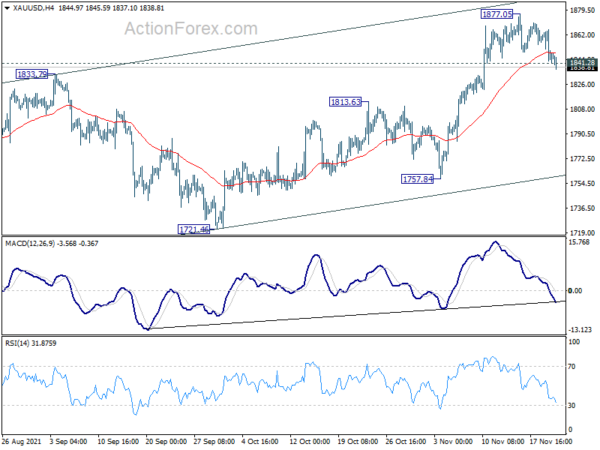
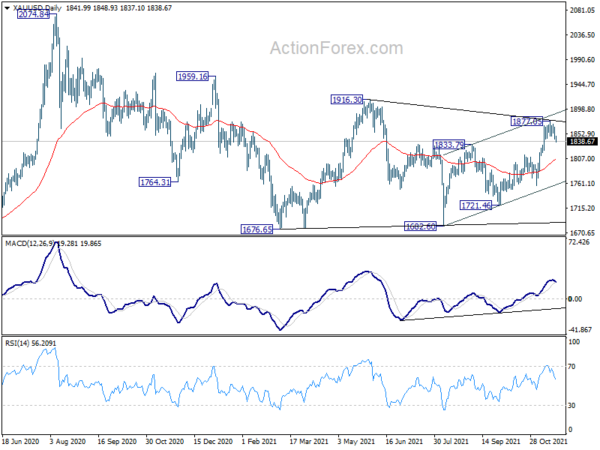
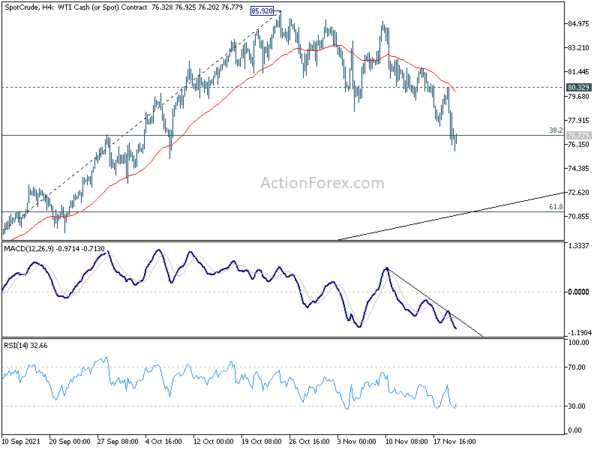
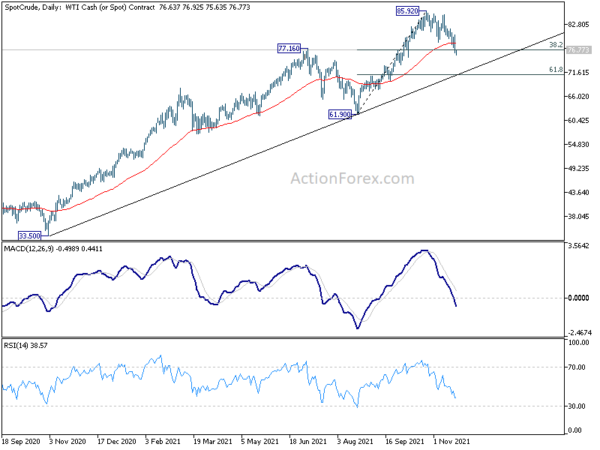
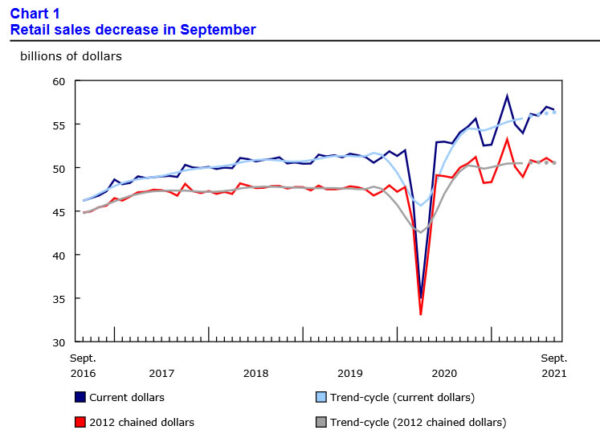
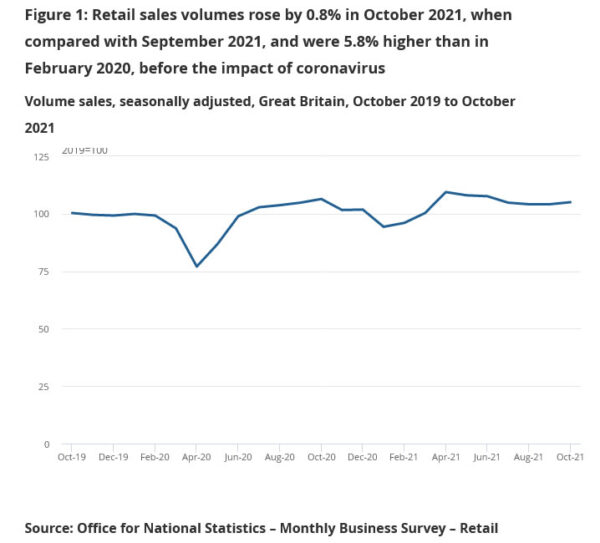
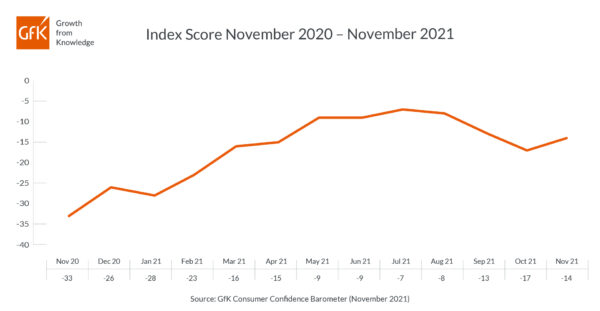
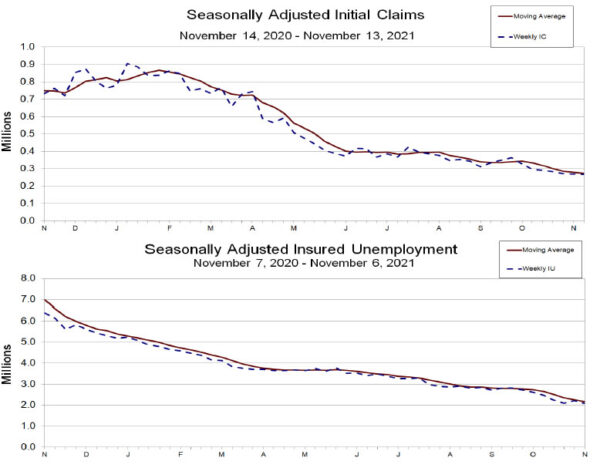
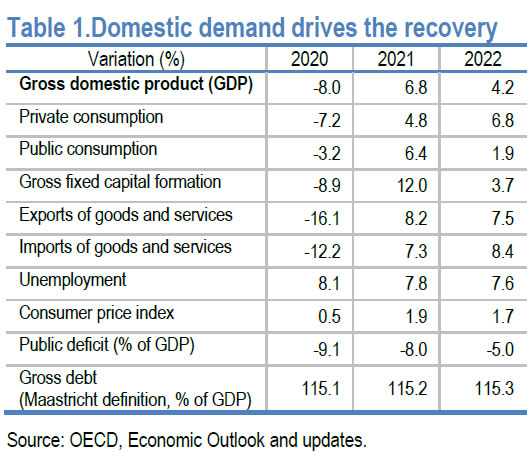
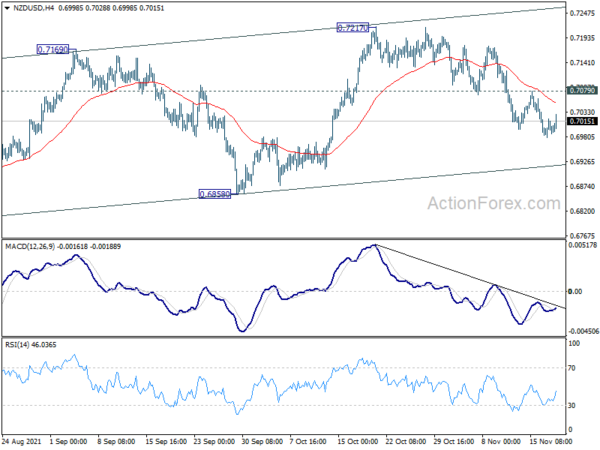
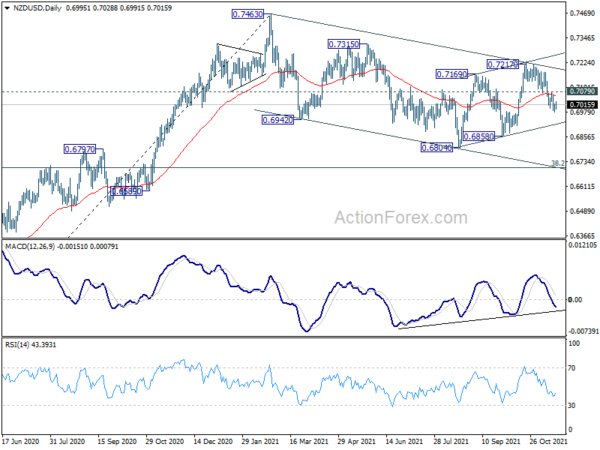
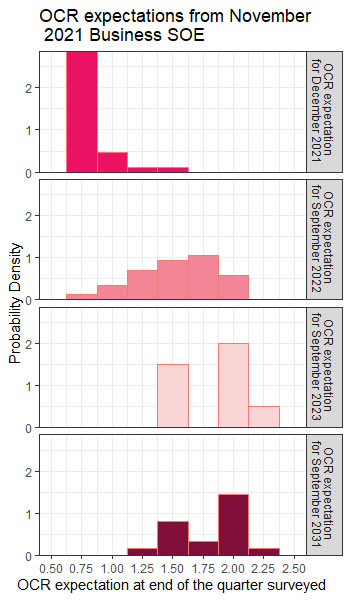
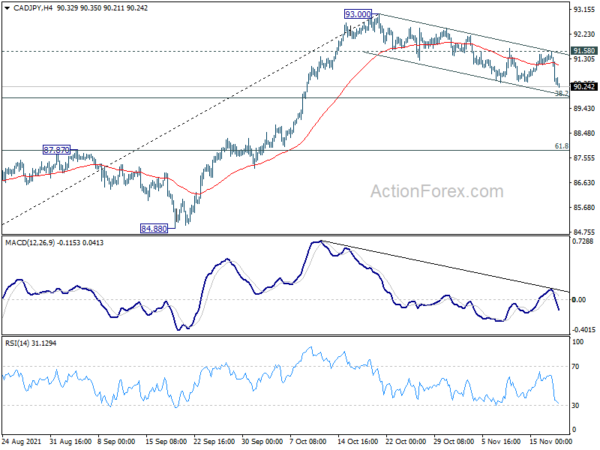
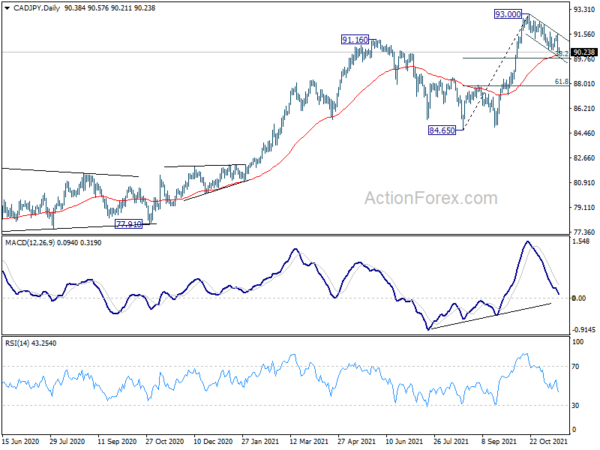
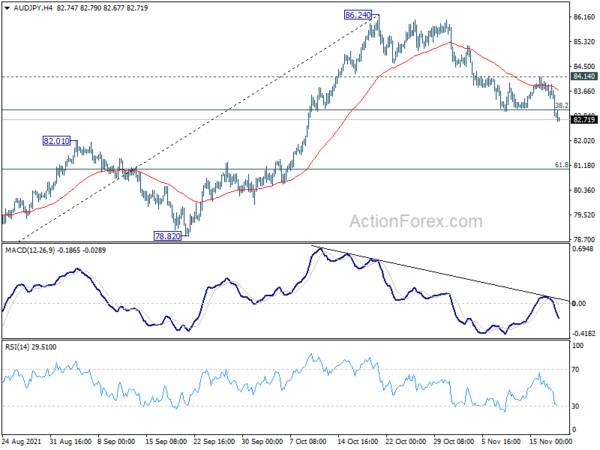
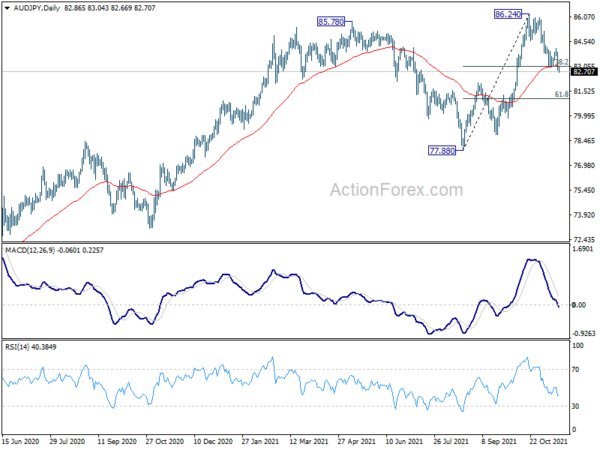
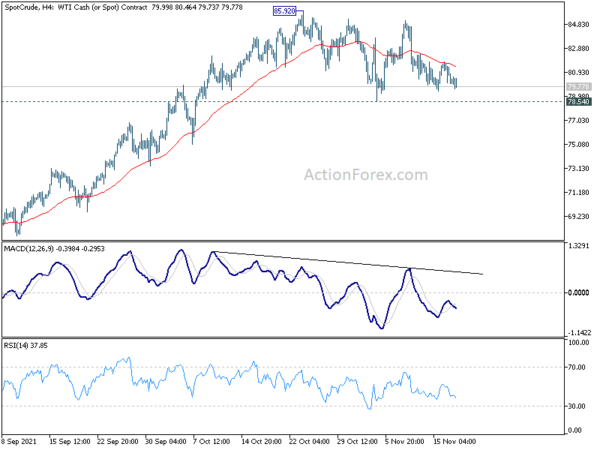
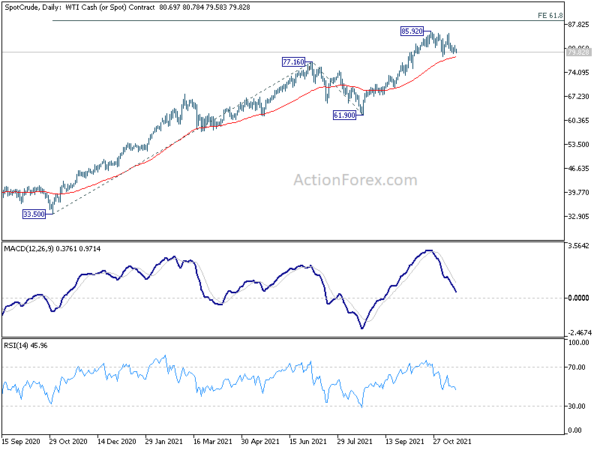

Bundesbank: German inflation to be just under 6% in Nov
Bundesbank said in the monthly report that inflation rate will rise to “just under 6 percent in November”. Inflation is expected to “decline noticeably in January when statistical special effects (especially the VAT base effect) expire. “But it could still be well over 3 percent for a long time,” it added.
It also expects “a breather in the economic recovery” in autumn. Industrial is likely to “continue to be burdened by delivery problems”, and thus, “dampen overall economic growth”. Risks from an intensified pandemic would exist throughout the winter half-year. “As things stand at present, the macroeconomic effects are likely to be less severe than in previous pandemic waves,” it said.
Full release here.